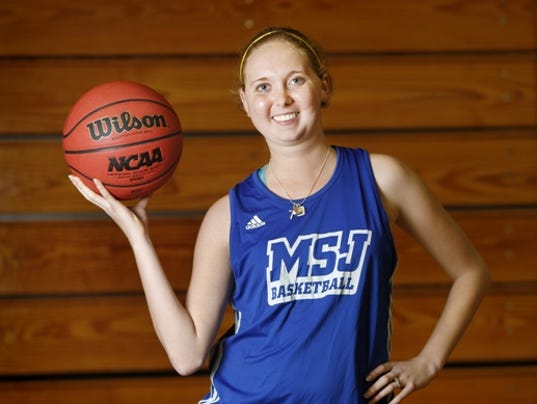
Five-year relative survival rates describe the percentage of patients with cancer that are alive five years after their disease is diagnosed. Use of 5-year survival statistics is more useful in aggressive cancers that have a shorter life expectancy following diagnosis (such as lung or pancreatic cancer) and less useful in cases with a long life expectancy such as prostate cancer.
When a patient achieves that magical 5 year survival mark, everyone celebrates the milestone and they are considered by most people to be “cured.” That is not necessarily accurate. What it means is exactly what it implies: They have survived five years since being diagnosed, nothing more. The average age at diagnosis of cancer is 6 for children and 66 for adults. While the chart at the right shows great progress in five year survival rates in childhood cancer from one period to another, it is only comparing five year survival rates, nothing more. While it gives some comfort that we appear to be making good progress, it does not really measure survival beyond a five year period. Using a standard five year survival rate for cancer will take an adult diagnosed with cancer up to age 71, but it only takes a child up to age 11. Has the child really “survived” and beaten cancer? Sadly, the answer for a large number of children is, “No.” We need a more accurate “survival” measurement for children. Kids cancer is not the same as adult cancer and survival for children must last much, much longer than just five years. As we do today, using a five year survival rate for childhood cancer grossly discounts the pitfalls that lay ahead for up to 95% of the survivors. When it is communicated in a way that others outside of the childhood cancer community can fully understand the long term impact cancer has on children, only then will we finally make childhood cancer a real priority. Let’s stop hiding from the reality of childhood cancer by using unrealistic five year “survival” rates. True progress in surviving childhood cancer can not be measured by only looking at the five year period from diagnoses. Today, advocates and medical professionals frequently cite 83% as being the average survival rate for children. In reality, the 30 year survival rate is only 65% overall. A long term survival rate such as this gives a much different and more realistic perspective to the general public who we rely on to help fund research. We’d love to see the American Cancer Society or even the National Cancer Institute to step up and address the need for looking at a more realistic method of measuring survival for children.
The following article was written by CJ Colton in February 2013. Her son is still fighting cancer today and it appears there is no end in sight. It highlights what a child goes through just to get to the five year “survival” point. Studies have proven that survivors of childhood cancer actually are fighting effects of their “life-saving” treatments for the remainder of their lives:
Read More … Five Years Is Not Enough






